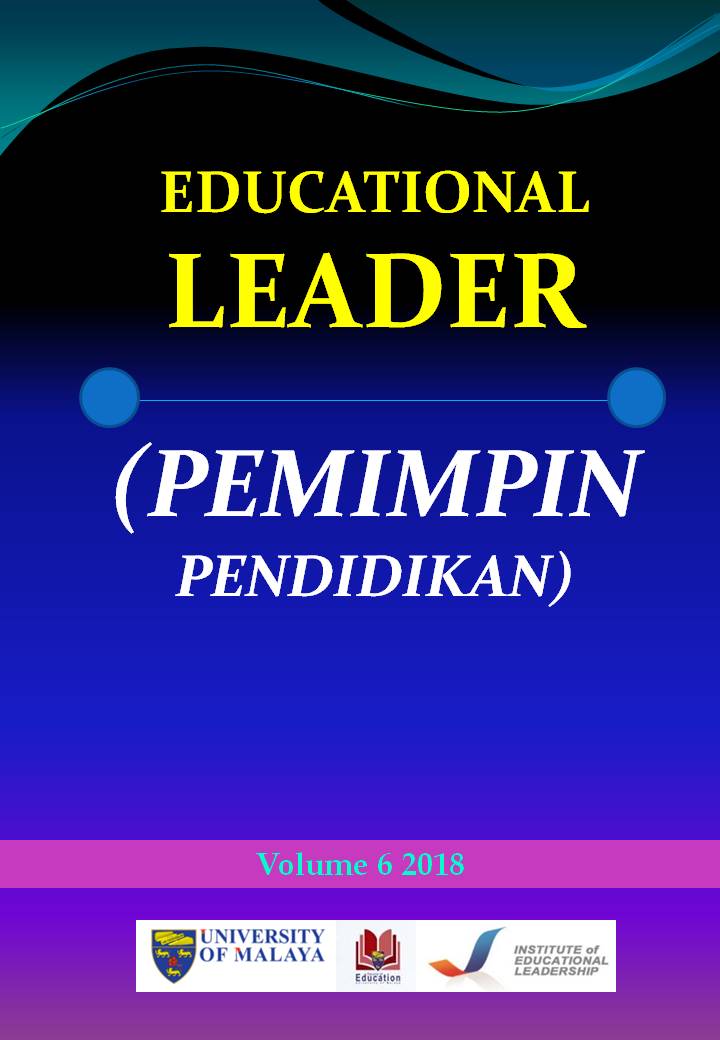Critical Success Factors for School Improvement in High Performing Secondary Schools in Malaysia
Abstract
The aim of this study is to identify the critical success factors (CSF) in school improvement related to the principals’ efforts, challenges and difficulties faced. Literature review shows two models commonly observed in the process of school improvement: (a) the top-down, and (b) the bottom-up models. However there are missing links to explain the differences between these models. The identifying process is designed through a descriptive non-experimental approach, adopting the grounded theory framework. Semi-structure interviews were conducted to gather data. Excellent principals for the interview are selected through ‘critical sampling’ approach from among all principals. Seven excellent principals have been identified in which one is for the pilot study and the remaining six for the interview. An open- ended and unstructured interview questionnaire is used. Data acquired is analyzed using the (i) within-case analysis and (ii) cross-case analysis. The approach is through thematic analysis using the three levels of coding process (i) open coding (ii) axial coding and (iii) selective coding. The results have identified a certain number of constructs clustered as critical success factors. Three main factors linked towards school improvement have been identified from the qualitative data collected from a group of high performing secondary school principals in Malaysia: (a) leadership (b) managements and administrations (c) strategic factors. These are shown in a model form named the CSF Model. The outcomes show that the model has empirically proved of its potentials. Specifically in enabling principals to identify the most effective way in their undertakings of school improvement efforts.

